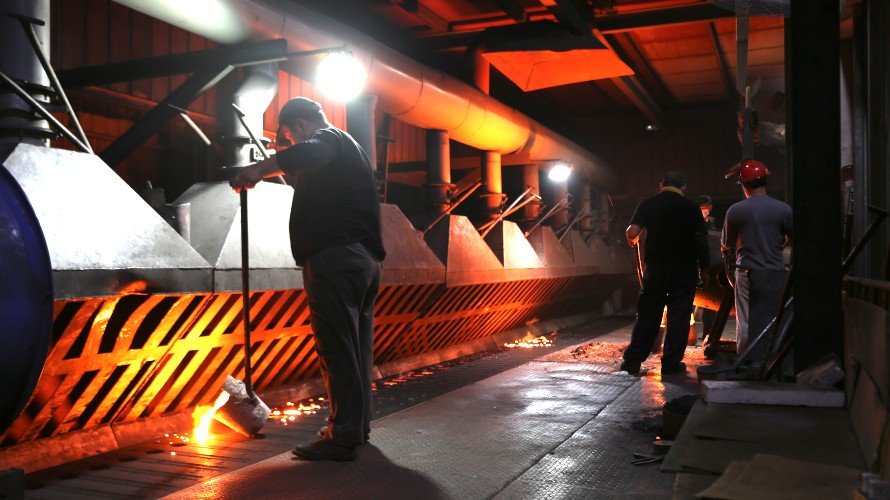Ultimate Guide to Metal Casting
Metal casting is one of the oldest manufacturing processes in history, yet it remains a cornerstone of modern industry. From automotive engine blocks to intricate bronze sculptures, casting transforms molten metal into strong, precise shapes. In this guide, we’ll explore the fundamentals, main techniques, materials, applications, and emerging trends in metal casting.
What is Metal Casting?
Metal casting is a process where molten metal is poured into a mold, allowed to solidify, and then removed for cleaning and finishing. The mold contains the negative shape of the desired object, ensuring the final product matches the design. While the basic principle has been around for thousands of years, today’s foundries use advanced equipment, computer simulations, and automation to achieve higher accuracy and efficiency.
The Metal Casting Process
The journey from raw metal to finished part begins with a pattern—essentially a replica of the final product. This pattern is used to form a mold cavity, which can be made of sand, ceramic, or metal. Once the mold is ready, the chosen metal—aluminum, iron, steel, bronze, or another alloy—is melted in a furnace.
The molten metal is then poured into the mold. As it cools, it hardens into the desired shape. The mold is removed, and the casting undergoes cleaning, surface finishing, and quality checks before it’s ready for use.
Types of Metal Casting
There are several casting methods, each suited to different needs. Sand casting is the most common, offering flexibility and low cost, especially for large parts or low production runs. Investment casting, also called lost-wax casting, excels in producing intricate designs with fine detail. Die casting uses high pressure to force molten metal into steel molds, making it ideal for mass production of small to medium-sized parts. Permanent mold casting reuses metal molds for consistent results, while centrifugal casting spins molten metal in a rotating mold, creating dense, high-strength parts.

Applications Across Industries
Metal casting shapes the world around us. In transportation, it produces engine blocks, transmission housings, and wheels. In construction, it’s used for pipe fittings, valves, and hardware. Aerospace relies on cast turbine blades and landing gear components. Even agriculture uses cast parts for machinery, while artists turn to casting for sculptures and ornamental designs.
Modern Trends in Metal Casting
The industry is evolving with digital tools and sustainable practices. 3D printing now creates complex patterns quickly, making prototyping faster and more affordable. Automated foundries use robotics for precision and efficiency. Simulation software predicts and prevents defects before production begins, and recycling initiatives are reducing waste and conserving resources.
Choosing a Metal Casting Partner
Finding the right supplier means looking for proven expertise, the right material capabilities, and a commitment to quality control. Production capacity, turnaround times, and competitive pricing also play important roles in ensuring your project’s success.
Conclusion
Metal casting combines ancient craftsmanship with cutting-edge technology. It offers versatility, cost efficiency, and the ability to create complex shapes across industries. Whether for a single prototype or mass production, casting remains one of the most reliable ways to bring a design to life.

